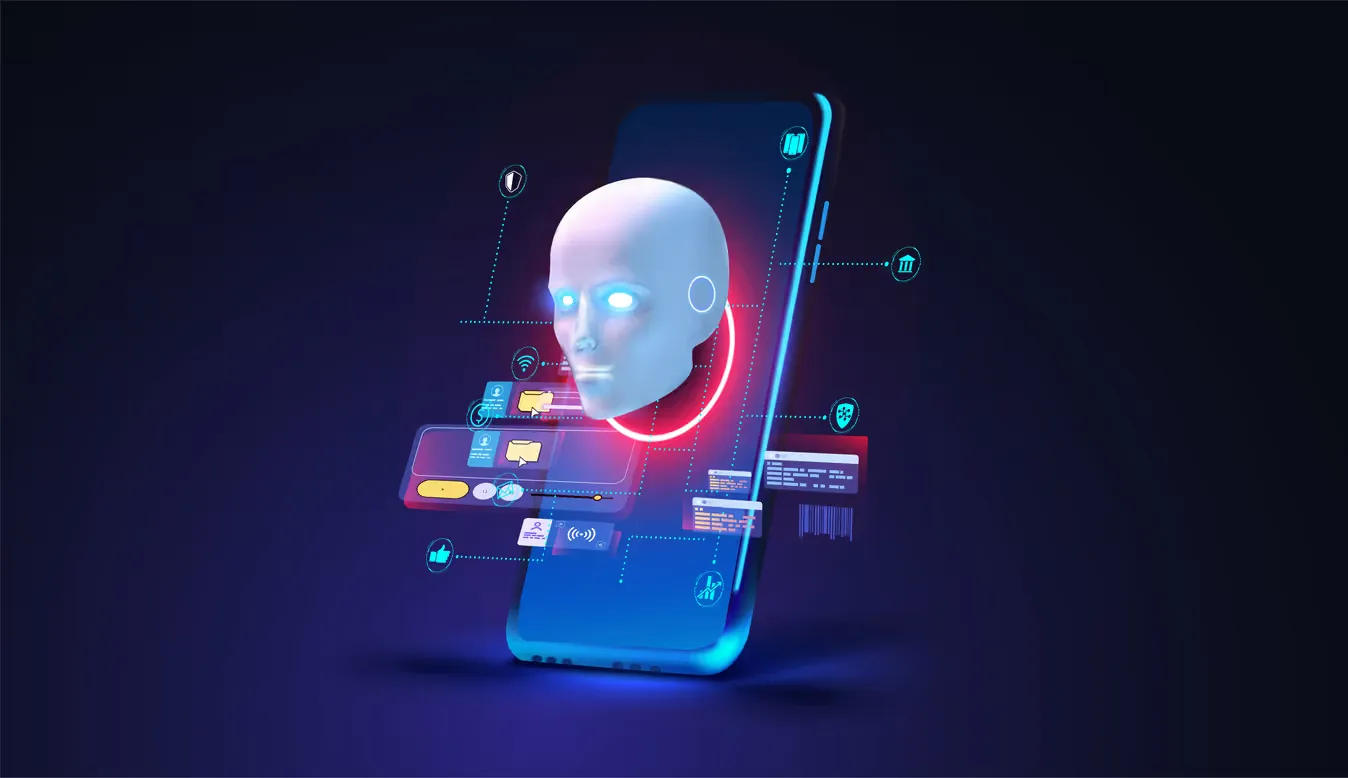Help Write an Essay and Prepare Dinner: How to Use Neural Networks in Everyday Life?
We will explain to you what neural networks you can use, how to formulate a query, and why the answers should not be trusted completely.
Text-based neural networks available to users:
ChatGPT
ChatGPT is a powerful chatbot that can be used in everyday life to help people stay connected and make their lives easier. To use the ChatGPT chatbot, you must register on the OpenAI website and verify your phone number. Once your account is created, you will be able to access the ChatGPT platform and begin creating conversational AI applications.
Bing
Access to a GPT-4 based chatbot can be obtained by opening Bing in the Microsoft Edge browser. At the top next to the "Images" and "Video" buttons will appear the "Chat". Next you will need to log in with a Microsoft account and use the neural network. The advantage of the bot is that it attaches links to information sources to its answers. The chatbot can also be used through other browsers - for this you need to install the appropriate extension.
Notion AI
You can test the GPT-3 based neural network simply by using Notion. For example, to improve the text (shorten, continue, change style), select the necessary paragraph, click right mouse button and select the desired function from the context menu. By pressing space on an empty line you can enter a query for the bot. You can send the neural network 40 commands for free. And to use AI features in an unlimited volume, you will have to buy a subscription for $10 per month.
Bots in Telegram
Gradually, there are opportunities to access ChatGPT directly from messengers, including Telegram. One of the popular examples is @GPT4Telegrambot. Access conditions vary: sometimes it is enough just to subscribe to the creators' telegram channels, sometimes - to take out a subscription in order to use specific functions, sometimes they make it paid and basic access.
Using Text Neural Networks in Everyday Life
Essays and retellings.
Chatbots are capable of easily retelling short texts, searching for simple explanations for complex topics, comparing points of view, and collecting arguments for or against an essay. To create a text, you must enter the topic, key words, and describe the structure of the future composition in the chat. However, the bots remind that the result is not necessarily ideal and should only be considered as a draft.
To get a retelling, it is enough to add the source text or indicate the name of the literary work to the corresponding request. However, the bot may refuse to answer if it can infringe on copyright.
Examples of requests:
— Write an essay about whether paper books will die. Describe the history of the issue and provide arguments for and against;
— Find five articles on whether school uniform is necessary;
— Retell the text: “…”;
— Explain how a smartphone battery works in simple words.
Brainstorming
A chatbot won't come up with the perfect title for your essay, article or social media post, but it can generate five options that will get you thinking. It can also suggest ways to rephrase a sentence or change the style of a paragraph. Additionally, some bots are capable of correcting spelling and punctuation mistakes in text.
Sample queries:
— Generate five headlines for an article about how Elon Musk changed Twitter;
— Fix errors in this text: “...”;
— Make the text more formal: “...”.
Recipe and grocery list suggestions
The chatbot can provide users with recipes for dishes, such as if you want to make a meal in an hour or find out how to cook borsch. You can also ask it to suggest recipes using certain ingredients, like potatoes, tomatoes, macaroni, flour, butter, milk and mincemeat. It can also come up with a shopping list of necessary products so you don't have to think about what to buy for dinner.
Examples of queries:
- I have potatoes, tomatoes, macaroni, flour, butter, milk and mincemeat - please suggest some dinner recipes;
- Please give me five potato recipes which take no more than 40 minutes;
- Compile a grocery list to make pancakes, cutlets and soup and give the recipes.
Translation and language learning assistance
Chat-bots and embedded neural networks do an excellent job of translating text into multiple languages. For example, you can skip using external translators and directly translate the paragraph highlighted in Notion to get a decent result. Also, for a better result, ask to first translate the request into English before using it as a command. In such cases, the neural network can give a more detailed and accurate answer. Furthermore, chat-bots help with language learning: they correct and explain user errors or suggest differences between words.
Examples of requests:
— Translate the text “…”;
— Explain the difference between the articles a and the;
— Correct the sentence “…” and explain the mistake.
Recommendations
A chatbot can also be asked to recommend movies or music. The neural network will suggest what to watch if you like horror movies, want something similar to "Fast and Furious", or pick a random movie by a specific director.
Examples of requests:
— What action movie should I watch;
— Pick five music albums in the style of Definitely Maybe by Oasis;
— Suggest a Woody Allen movie.
What to Consider
Query Particulars
Learning to communicate with a chatbot will take some practice, just as it used to when making search engine queries. Sometimes the model may not understand the user or give an answer to another question instead. In this case, you may need to rephrase the query several times.
Limitations related to ethics and copyright laws
Chatbots already refuse certain requests for ethical reasons such as refusing to create offensive jokes. Additionally, restrictions are put in place so that copyright is not violated.
The need for fact-checking
At times the neural network can generate nonsensical answers, invent sources, names and dates. You will therefore have to independently verify any result – and in some cases spend much less time searching for information manually. Fact checking will take even more time if you are working with a bot that does not provide links to its sources.
Neural networks - an unreliable advisor
Working with chatbots shows the important role played by the source of information. We are not just looking for a recipe for pancakes, a book for the weekend or makeup costing up to 1000 rubles, but also trusting this search and selection to publications, bloggers and critics with certain experience and reputation, which neural networks do not have. Therefore, the reliability of chatbot advice is always questionable.


